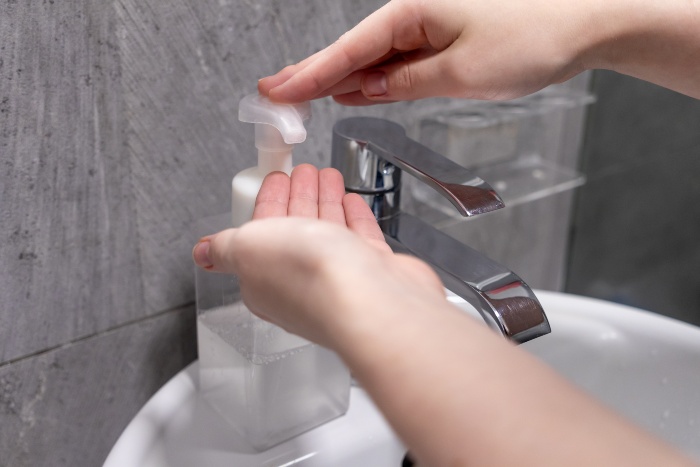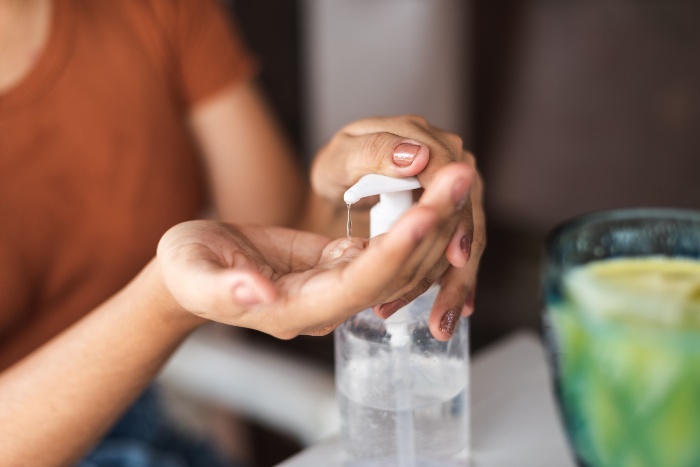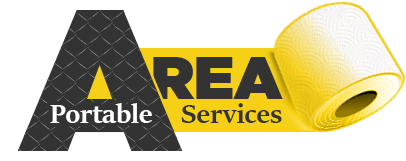
Hand Washing vs. Hand Sanitizing
Maintaining good hand hygiene is an essential step in preventing the spread of illnesses. Every day, our hands come into contact with various surfaces, collecting dirt, bacteria, and viruses that can easily transfer to our bodies if we touch our face, eyes, or mouth. Hand washing and hand sanitizing are two primary methods for reducing the risk of spreading germs. However, each method has its strengths and limitations. Knowing when and how to use each technique can help ensure optimal protection against illnesses.
Effectiveness in Removing Germs
Hand Washing
Hand washing using soap and water is very effective at removing a broad range of germs, dirt, and even some chemicals. Soap, when combined with water and the friction of scrubbing, loosens pathogens and grime from the skin, which are then rinsed away. The Centers for Disease Control and Prevention (CDC) advises a 20-second scrub with soap, covering all parts of the hands, as this technique removes particles and germs more thoroughly than other methods. Hand washing is also effective at removing substances like pesticides and other chemicals that may not be removed with sanitizer alone.
Hand Sanitizing
Hand sanitizers that contain 60% alcohol or more can kill many types of germs effectively, including bacteria and certain viruses, when used correctly. However, hand sanitizers do not eliminate all pathogens. For example, they are less effective at removing norovirus and some parasites. Additionally, hand sanitizers are less effective when hands are visibly soiled. While hand sanitizer vs. hand washing may be a close match for some situations, hand washing is generally preferred for heavy dirt or grime.
Comparison
When comparing hand sanitizer vs. washing, hand washing is more efficient at removing a broader range of substances from the skin, particularly when hands are visibly dirty. However, hand sanitizers are a useful alternative when soap and water are not available, especially for killing many common germs.
Convenience and Accessibility
Hand Washing
While hand washing stations with clean water and soap are the most effective for hand hygiene, they may not always be accessible, especially in outdoor environments, while traveling, or in places with limited restroom facilities. The need for running water, soap, and a sink can make hand washing less convenient in certain situations, limiting its immediate availability.
Hand Sanitizing
Hand sanitizers offer a portable and convenient solution for maintaining hand hygiene on the go. A small bottle of hand sanitizer fits easily in a bag or pocket, making it accessible for quick use in situations where water and soap are unavailable. For example, during travel, in public settings like public transportation, or in portable restrooms, hand sanitizers provide a practical alternative. This accessibility makes hand sanitizer vs. washing with soap a good choice when convenience is a priority.

When to Use Each Method
Hand washing is ideal in settings where hands have come into contact with food, chemicals, or after restroom use. On the other hand, hand sanitizing is suitable when immediate access to water is not possible, such as after touching high-contact surfaces like doorknobs or handrails in public places.
Impact on Skin Health and Overall Hygiene
Hand Washing
Washing your hands too frequently can remove the natural oils from the skin, which can lead to dryness and even irritation. This is especially true when using hot water or harsh soaps. Repeated exposure to water and soap, especially in cold weather, can exacerbate skin dryness and discomfort.
Hand Sanitizing
Alcohol-based hand sanitizers can also cause dryness, but many formulas now include moisturizing ingredients that are gentler on the skin. While hand sanitizers do not wash away the skin’s natural oils as directly as hand washing, repeated use can still lead to dryness over time.
Choosing the Right Products
Selecting the right products can help maintain skin health. Mild, hydrating soaps are less likely to irritate the skin during frequent washing. For hand sanitizers, choosing alcohol-based formulas with added moisturizers can reduce the drying effect on the skin.
Pros and Cons of Hand Washing and Hand Sanitizing
Hand Washing
- Pros: Effective in removing dirt, chemicals, and a wide range of germs; environmentally friendly when using biodegradable soap.
- Cons: Requires access to water and soap, making it less convenient in some settings; may cause skin dryness and take more time in public spaces with limited hand wash stations.
Hand Sanitizing
- Pros: Highly portable and convenient; does not require water, making it accessible in many different settings.
- Cons: Often comes in plastic bottles, creating waste; less effective if hands are visibly soiled or contaminated with certain chemicals.
Best Practices for Optimal Hand Hygiene
When to Use Each Method
Hand washing is essential after using the restroom, before and after handling food, and when hands are visibly dirty. In contrast, hand sanitizing is ideal after touching public surfaces or shaking hands with others in a situation where a sink is not immediately available.
Proper Techniques
For effective hand washing, scrub hands with soap for a minimum of 20 seconds, making sure to cover all surfaces, including under the nails and between the fingers. Rinse your hands thoroughly and dry them with a clean towel. For hand sanitizing, apply a quarter-sized amount of sanitizer and rub it over all parts of the hands until dry, ensuring all surfaces are covered.
Additional Tips
Keeping hand hygiene products readily accessible makes it easier to maintain good hygiene habits. Having travel-sized hand sanitizers or stocking hand wash stations with soap in high-traffic areas at home can encourage more consistent hygiene practices.
Get High-Quality Portable Restroom Options at Area Portable Services
Good hand hygiene is vital to reduce the spread of germs, and both hand washing and hand sanitizing play vital roles. Hand washing is typically more effective for removing dirt and grime, while hand sanitizers provide a quick, convenient solution when soap and water aren’t available. At Area Portable Services in Rancho Cordova, CA, we understand the importance of accessible hygiene solutions, especially at events and construction sites. That’s why we offer restroom trailers with running water, portable restrooms, and sanitation stations to promote cleanliness wherever you need it. Contact us to learn more about our portable restroom services and hygiene solutions.
